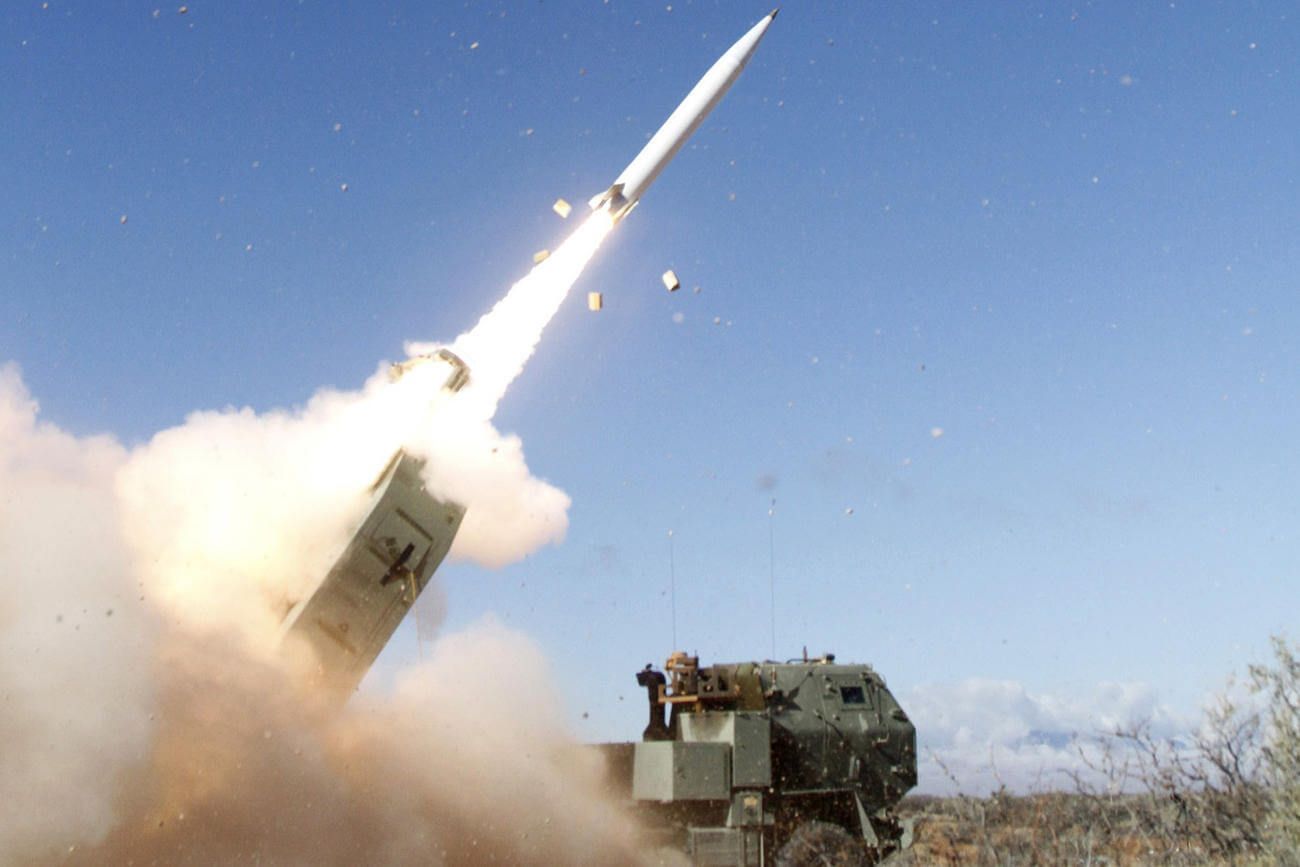For the US Army’s Fires Capability, 2023 is The Year that Will Change Everything
WASHINGTON — By 2023, the U.S. Army will have begun delivering a portfolio of strategic, mid-range and short-range fires capabilities that will change the paradigm against near-peer adversaries Russia and China, according to Brig. Gen. John Rafferty, who is in charge of the service’s long-range precision fires modernization effort.
The Army wrapped up a strategic fires study earlier this year that found a gap in the service’s ability to reach enemy targets in the mid-range (about 500-2,000 kilometers), Rafferty told Defense News in a Sept. 4 interview.
In addition to the initial fielding of its Precision Strike Missile, or PrSM — which is capable of hitting targets out to 499 kilometers — and ground-launched hypersonic missiles by 2023, the service will also deliver a mid-range missile prototype in the same time frame.
Defense News first reported the Army’s plan to pursue a mid-range missile earlier this month.
“We need to pursue this with great speed and really make ’23 a year that changes everything in both [the European and Pacific] theaters,” Rafferty said.
“You can see in the Pacific where that would be so valuable, having the mid-range capability that can attack maritime targets,” he added. And in Europe, “you hold the adversary’s assets at risk in depth.”
Adversaries with complex offensive and defensive systems are “pretty daunting, and we know that it’s going to take a mix of capabilities and mix of ranges,” he continued.
“I think having a deep portfolio of range capabilities in the Pacific gives you lots of options because there are so many different locations that you can imagine firing from. And mixing and matching long-range, mid-range and shorter-range capabilities from all those sorts of different locations creates an incredible dilemma for the enemy,” he said. “If he [the adversary] can’t really tell what you’re ranging from each of these different lily pads, then it makes it very difficult for him to arrange his [anti-access, area denial capability] against it.
The Army launched an effort in its fiscal 2020 budget request to start a Mobile Intermediate Range Missile program, but the service canceled the effort in its FY21 request because, according to Rafferty, the plan would have delivered a capability on a much longer timeline.
By pursuing a mid-range missile through the Rapid Capabilities and Critical Technologies Office, the Army has the opportunity to move much faster, he added. He was unable to detail what specifically the RCCTO is considering in order to move quickly enough to field a prototype by 2023.
While the mid-range missile effort will tackle a range beyond 500 kilometers, that doesn’t mean the Army would abandon its plan to push PrSM ranges beyond 499 kilometers following the end of the Intermediate-Range Nuclear Forces Treaty between Russia and the U.S. The treaty was a 1987 pact with the Soviet Union banning ground-launched nuclear and conventional ballistic and cruise missiles with ranges of 500-5,000 kilometers.
Overlap in range capability is “a good thing,” he said. “We know we need to do more analysis about where the sort of sweet spot for these systems and where they are most effective and least vulnerable to adversary air defense systems.”
The priority for PrSM in the nearer term is to pursue a maritime, ship-killing capability as well as enhanced lethality, Rafferty said. Then the service plans to pursue an extended-range capability for that missile.
The Army is also monitoring another Pentagon effort through the Strategic Capabilities Office to pursue a mid-range missile capable of going after maritime targets. That effort — the Cross-Domain ATACMS — is delayed due to technical problems, Defense News first reported this month.
“It’s an interesting approach to attacking maritime targets,” Rafferty said, “but the PrSM program for attacking maritime targets and emitting [Integrated Air Defense Systems] is off to a very good start with the testing of the [Army’s Combat Capabilities Development Command] Aviation and Missile Center seeker that continues this fall.”
The CD-ATACMS “was a different approach from a seeker standpoint to PrSM,” Rafferty said, “so that’s why we’re interested in it because it was a different approach; a good point of comparison, and we always value the SCO’s efforts.”
Rafferty noted that Army senior leaders, industry partners and congressional committees are talking about accelerating the Land-Based Anti-Ship Missile seeker into the PrSM missile by 2025. The seeker development program began in 2015.
“Then that becomes a capability that can attack maritime targets out to 500 kilometers and emitting IADS out to 500 kilometers and in a survivable way and in a high-performance missile that would be fired out of our existing launcher fleets, so that’s gonna be the mainstream Army capability against maritime and IADS,” he added.
The fires study also validated the need to continue to pursue a strategic long-range cannon, Rafferty said.
The study didn’t just address range, how the missile flies or its lethality against enemy targets, he stressed: “It also looked at deployability, survivability and mobility” and was a “comprehensive look at our investment across LRPF.”
The long-range cannon is still the No. 1 science and technology priority across the modernization portfolio, Rafferty said. “We have the time to get this right — it’s something that’s never been done before.”
By: Jen Judson



